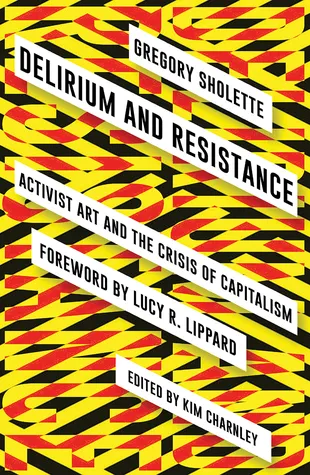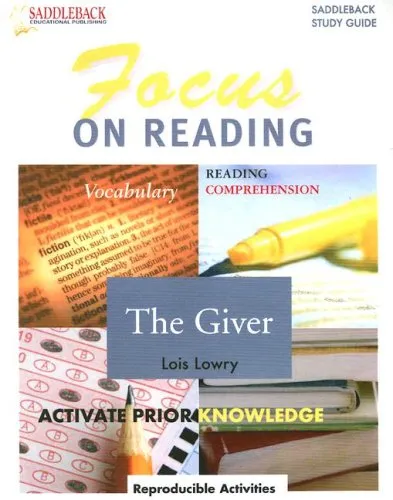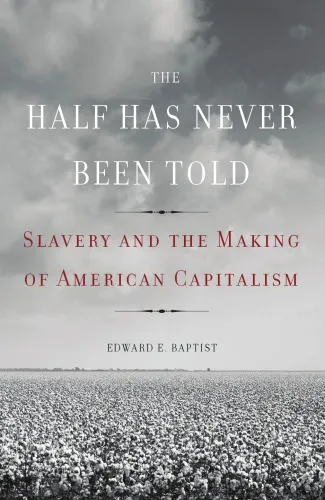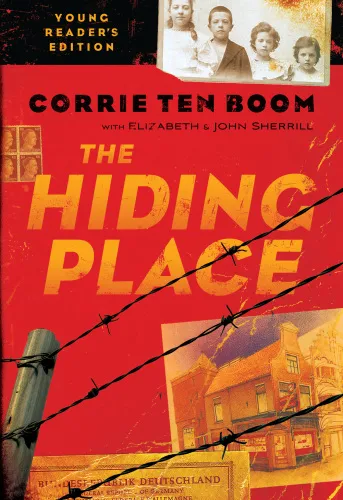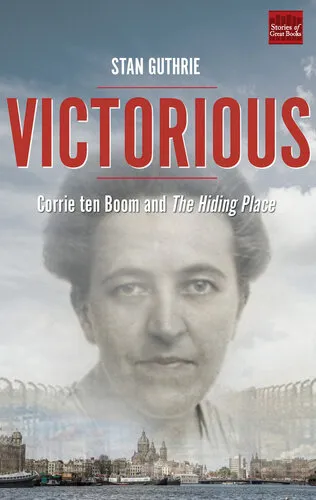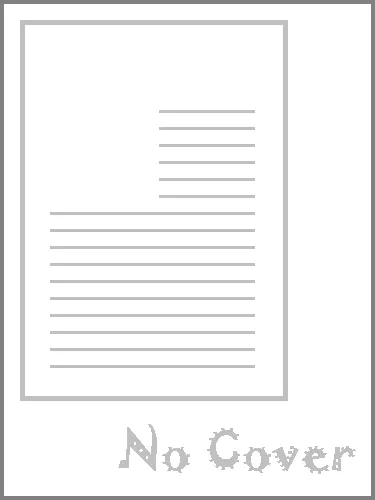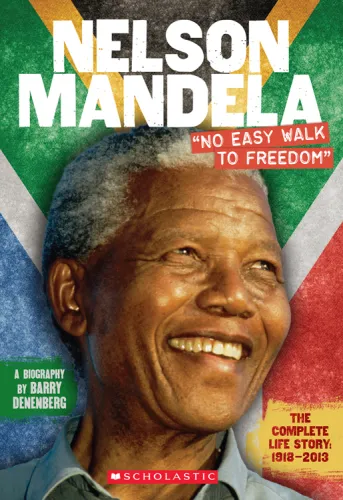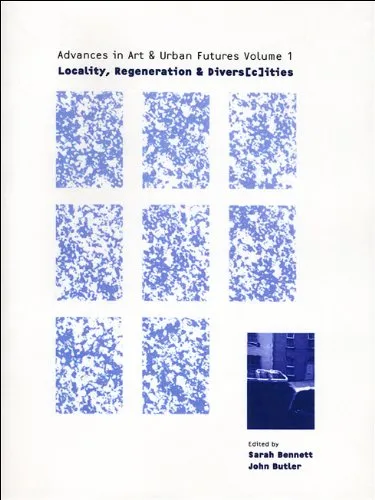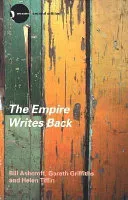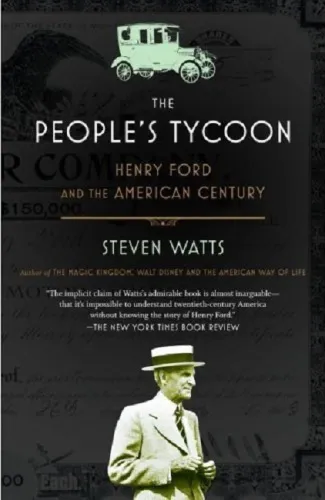Delirium and Resistance: Activist Art and the Crisis of Capitalism
4.3
Reviews from our users

You Can Ask your questions from this book's AI after Login
Each download or ask from book AI costs 2 points. To earn more free points, please visit the Points Guide Page and complete some valuable actions.Related Refrences:
Detailed Introduction to 'Delirium and Resistance: Activist Art and the Crisis of Capitalism'
In "Delirium and Resistance: Activist Art and the Crisis of Capitalism," Gregory Sholette, in collaboration with Kim Charnley, delves deep into the intricate intersection of art, activism, and the seemingly insurmountable challenges posed by late capitalism. The book is a critical exploration of how art can serve as a form of resistance against the economic and social structures that dominate contemporary life.
Detailed Summary of the Book
Through an incisive critique, Sholette argues that art and culture continuously engage with capitalist forces, often becoming complicit in its propagation. Yet, this very engagement also opens up possibilities for resistance. The book is structured as a series of essays that collectively trace the history of activist art from the 1960s to the present day, charting its evolving strategies and impacts.
Sholette presents multiple case studies of artists and groups who have leveraged their creative capabilities to challenge dominant economic narratives. He dissects how neoliberal policies have infiltrated the art world, commodifying creativity while simultaneously co-opting its capacity for dissent. However, amidst this disillusionment, there remains a space where activist art can thrive, pushing back against the pervasive forces of capital.
Key Takeaways
- Activist art remains a potent form of cultural critique and political engagement in the face of capitalist exploitation.
- The art world is a complex ecosystem where complicity and resistance coexist, often in tension with one another.
- Historical context is essential in understanding how activist art movements have evolved and responded to socioeconomic changes.
- The transformative potential of art lies within its ability to imagine alternatives to the status quo and mobilize communities.
Famous Quotes from the Book
"Art is a form of social imagination, a tool that enables us to see beyond the constraints of capitalist ideology."
"Resistance is not a static state but an evolving process reflective of the society it seeks to challenge and change."
Why This Book Matters
In an era characterized by extreme economic disparity and cultural homogenization, "Delirium and Resistance" is a clarion call for artists and activists alike. It offers a roadmap for those seeking to understand the mutable landscape of the art world and its potential as a site of resistance against capitalist dominance.
Sholette's work is critical as it invites readers to reconsider the political dimensions of cultural production. The book provokes reflection on how art can transcend mere aesthetic experience, becoming a powerful act of defiance and change. In challenging the status quo, "Delirium and Resistance" offers hope and practical insight into how art can actively participate in creating a more equitable world.
Free Direct Download
You Can Download this book after Login
Accessing books through legal platforms and public libraries not only supports the rights of authors and publishers but also contributes to the sustainability of reading culture. Before downloading, please take a moment to consider these options.
Find this book on other platforms:
WorldCat helps you find books in libraries worldwide.
See ratings, reviews, and discussions on Goodreads.
Find and buy rare or used books on AbeBooks.
1382
بازدید4.3
امتیاز0
نظر98%
رضایتReviews:
4.3
Based on 0 users review
Questions & Answers
Ask questions about this book or help others by answering
No questions yet. Be the first to ask!
